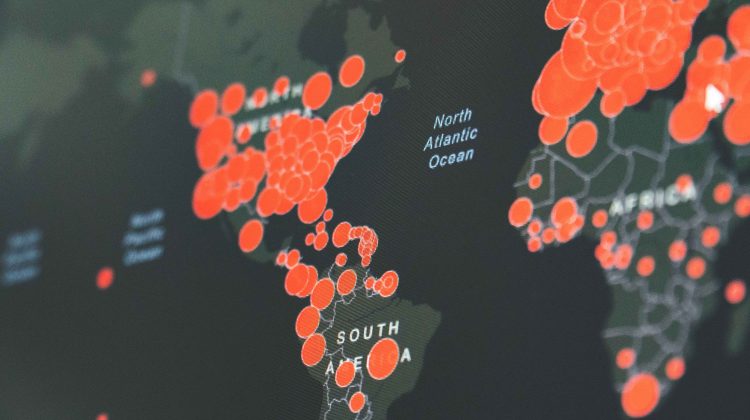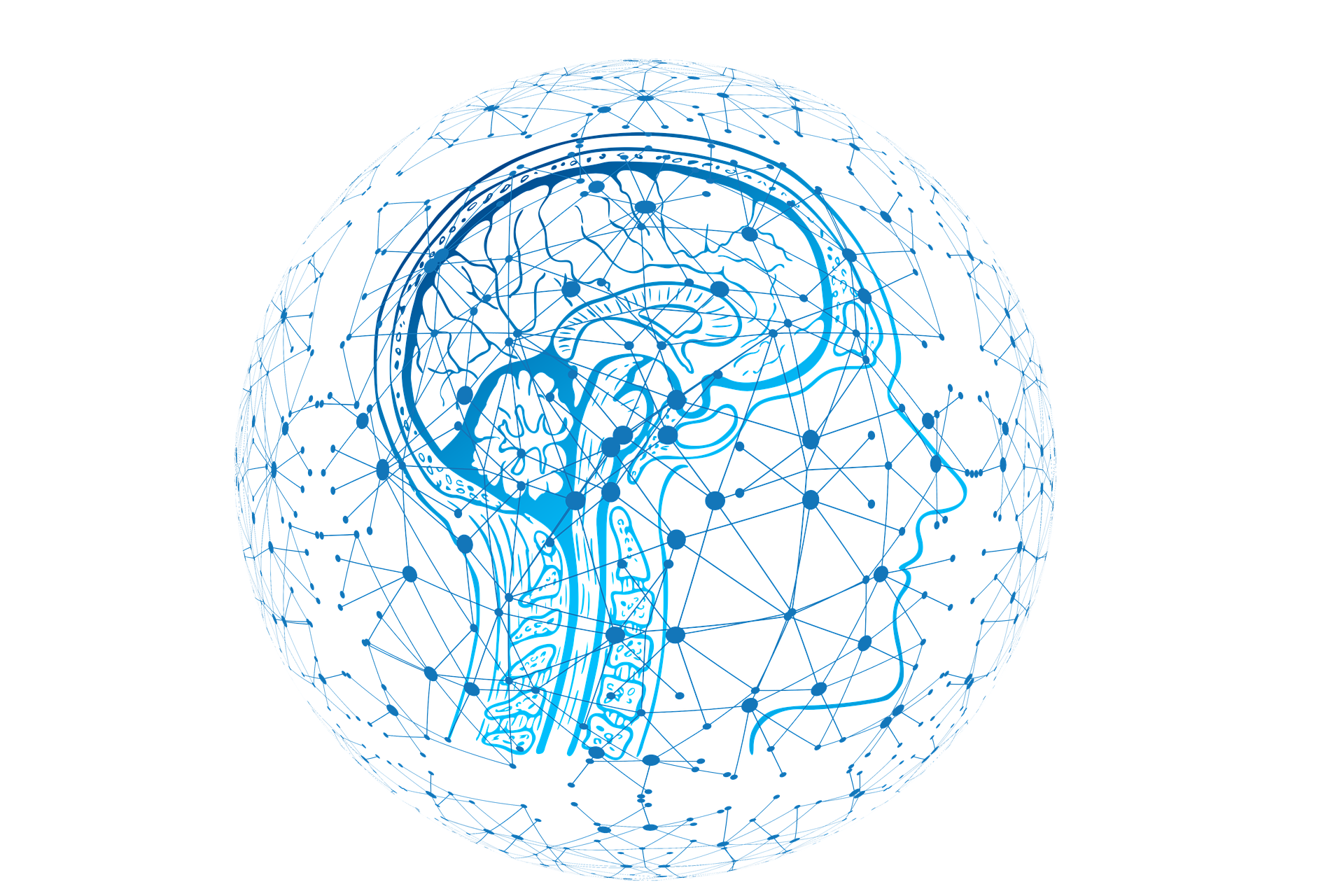
The potential of AI and data science in improving healthcare access and delivery in underprivileged communities.
Healthcare access and delivery are critical issues facing underprivileged communities worldwide. Limited access to healthcare, poor infrastructure, and a shortage of healthcare professionals can all contribute to poor health outcomes. However, advancements in Artificial Intelligence (AI) and data science are offering new possibilities for improving healthcare access and delivery. In this article, we will explore the potential of AI and data science in improving healthcare in underprivileged communities.
Improving Healthcare Infrastructure One of the significant ways that AI and data science can improve healthcare access is by addressing infrastructure challenges. AI-powered predictive analytics can help identify areas where infrastructure needs improvement and identify patterns in population health that can inform targeted interventions. Additionally, telemedicine can expand access to healthcare services in remote or underserved areas, allowing healthcare professionals to provide care virtually.
Enhanced Diagnostics and Treatment AI and data science can also improve diagnostics and treatment in underprivileged communities. AI-powered diagnostic tools can provide more accurate and efficient diagnoses, particularly in areas where healthcare professionals are in short supply. Additionally, data science can help identify patterns in patient data that can inform targeted interventions and personalized treatments.
Disease Surveillance and Outbreak Response AI and data science can also play a vital role in disease surveillance and outbreak response. Predictive analytics can identify patterns in population health that may signal an emerging outbreak, allowing healthcare professionals to respond proactively. Additionally, AI and data science can help track the spread of infectious diseases and monitor the efficacy of interventions.
Prevention and Health Promotion Prevention and health promotion are essential components of improving healthcare access and delivery in underprivileged communities. AI and data science can help identify populations at risk of chronic diseases and inform targeted interventions that promote healthy behaviors. Additionally, AI-powered chatbots can provide health education and support to individuals in remote or underserved areas.
Cost Reduction Finally, AI and data science can help reduce the cost of healthcare delivery, which is a critical consideration in underprivileged communities. Predictive analytics can help healthcare professionals identify areas where costs can be reduced, such as reducing readmissions or avoiding unnecessary tests. Additionally, telemedicine can reduce the cost of healthcare delivery by allowing healthcare professionals to provide care virtually, reducing the need for in-person visits.
In conclusion, AI and data science have the potential to revolutionize healthcare access and delivery in underprivileged communities. These technologies can help address infrastructure challenges, enhance diagnostics and treatment, improve disease surveillance and outbreak response, promote prevention and health promotion, and reduce the cost of healthcare delivery. By leveraging these technologies, we can work towards a future where all individuals have access to high-quality healthcare services, regardless of their location or socioeconomic status.

